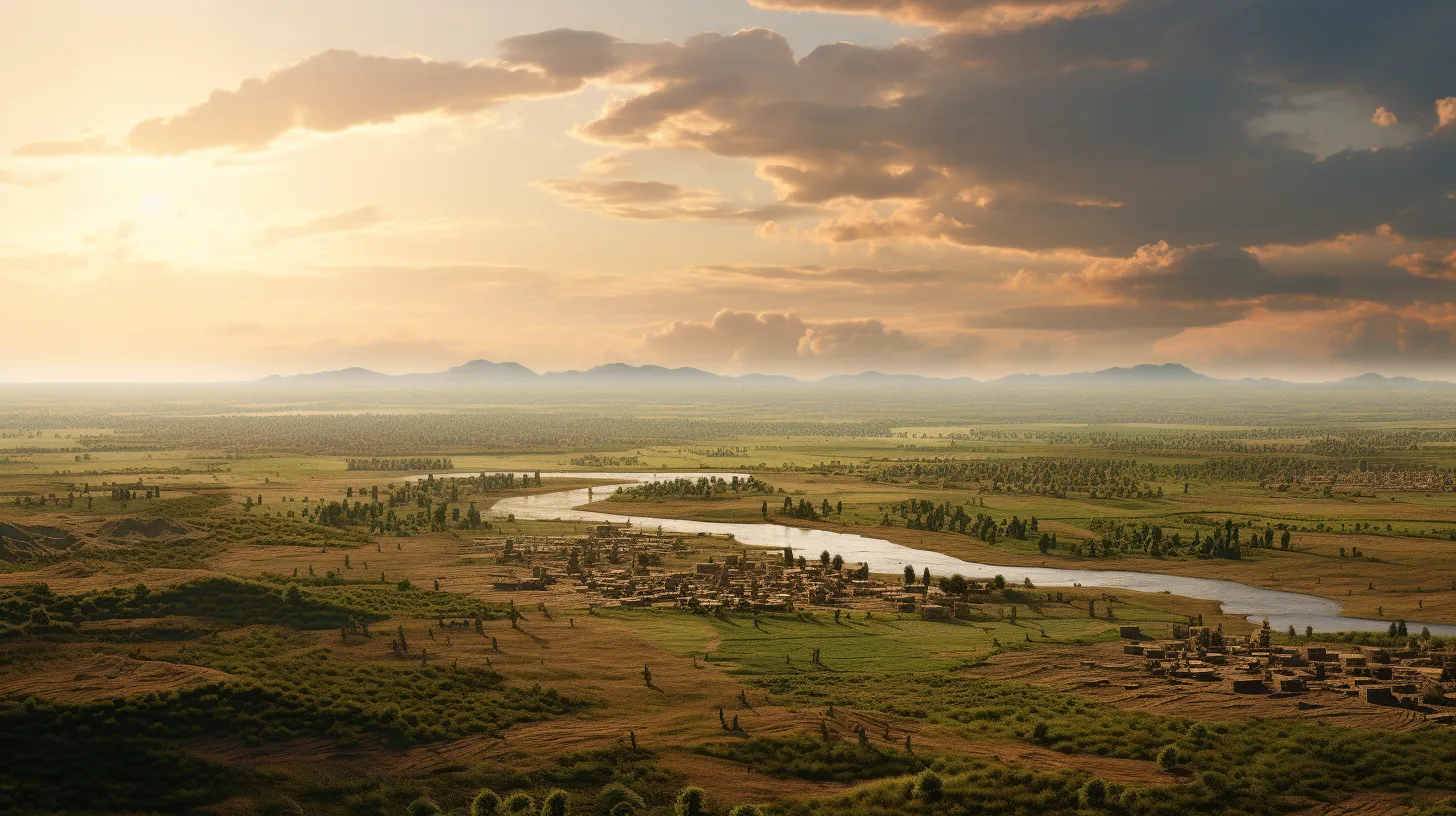
Neolithic Era: Artifacts from the Dawn of Agriculture and Settled Life (12000BCE - 2000BCE)
Step back in time to the Neolithic era with our collection of genuine artifacts. Explore the transformative age when humans transitioned from nomadic hunter-gatherers to settled farmers, shaping the course of human civilization.
The Neolithic Era - also known as the 'New Stone Age,' this period, spanning from around 12,000 to 2,000 BC, marked a significant turning point in human history. It was an era of innovation, where the domestication of plants and animals led to the rise of agriculture and settled communities.
Key Highlights:
- Agriculture: The Neolithic era witnessed the domestication of key crops like wheat, barley, and rice, leading to the establishment of farming communities.
- Permanent Settlements: With the advent of agriculture, humans began to settle in one place, giving rise to early villages and towns.
- Pottery and Craftsmanship: The settled life of the Neolithic era led to the development of pottery, weaving, and other crafts.
- Megalithic Structures: This period saw the construction of large stone structures, from the mysterious Stonehenge to the tombs of Newgrange.
Regions: The Neolithic revolution had its roots in various parts of the world:
- Fertile Crescent: Often considered the birthplace of agriculture, regions like modern-day Iraq, Syria, and Israel were pivotal in the Neolithic transformation.
- Indus Valley: Present-day Pakistan and northwest India saw the rise of one of the earliest urban centers during the late Neolithic.
- China: The Yangtze River valley became a hub for rice cultivation and early Chinese Neolithic cultures.
- Europe: From the Iberian Peninsula to the British Isles, Europe witnessed the spread of agriculture and the rise of megalithic cultures.
Valued Materials: During the Neolithic era, humans began to utilize a wider range of materials for various purposes:
- Clay: The primary material for pottery, which became an essential part of Neolithic life.
- Flint and Obsidian: Used for crafting tools, weapons, and ornaments.
- Wood and Reed: Employed in constructing homes, granaries, and boats.
- Animal Fibers: Used for weaving textiles and making clothing.
Relevant Time Periods: The Neolithic era can be divided based on technological advancements and cultural shifts:
- Early Neolithic (c. 12,000–6,500 BC): Marked by the initial stages of agriculture and the formation of small farming communities.
- Middle Neolithic (c. 6,500–4,500 BC): Saw the growth of larger settlements and advancements in pottery and crafts.
- Late Neolithic (c. 4,500–2,000 BC): Characterized by the rise of megalithic cultures, trade networks, and early urban centers.
Step into our curated collection of Neolithic artifacts, each echoing tales of early farmers, craftsmen, and innovators. From beautifully crafted pottery to ancient grain samples, immerse yourself in the rich heritage of an era that laid the groundwork for modern civilization.



